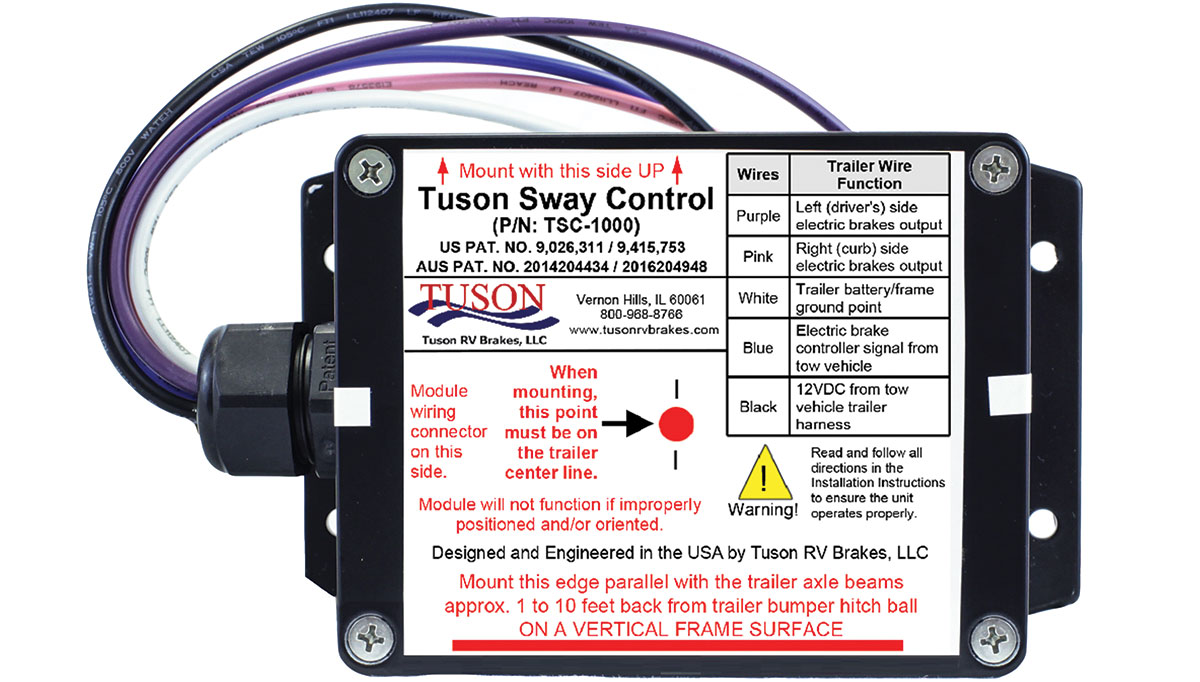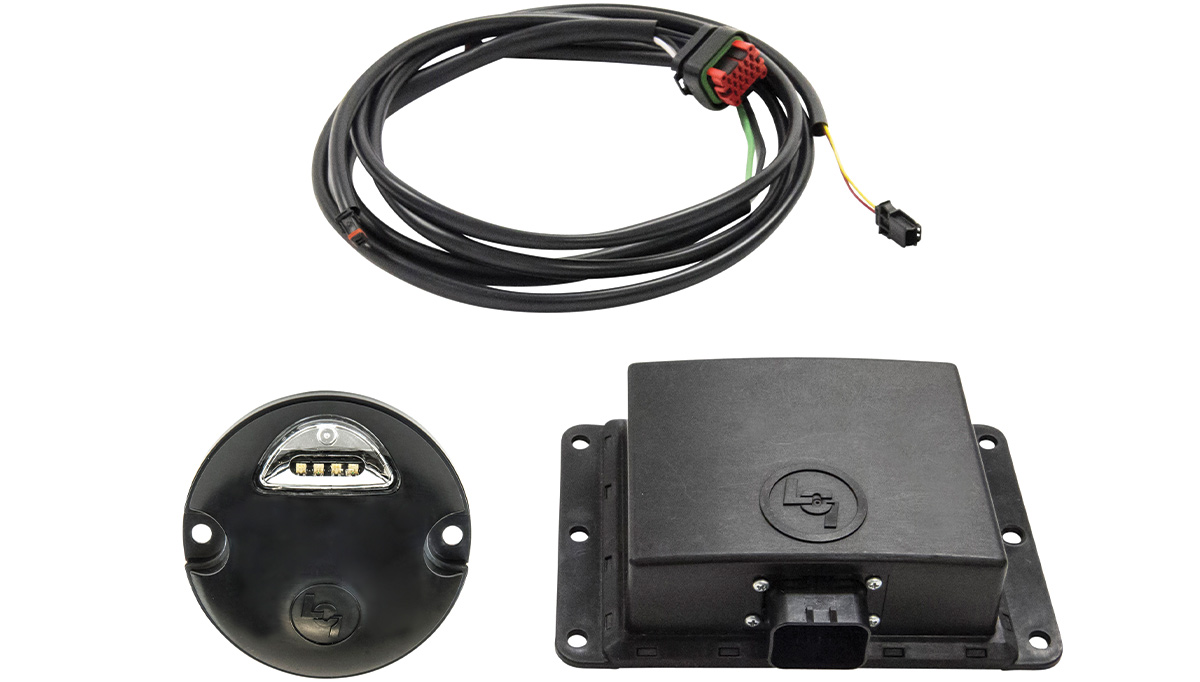Taking the Sway Away

Travel trailer sway can be caused by a number of factors. One of the most common is insufficient hitch weight, which may be caused by the trailer’s design or the way the trailer is loaded. Also, longer trailers have more surface area for the wind to blow against, while light-weight or “ultra-light” trailers have reduced mass, make them easier to push around.
But even if your trailer has at least 10% of its weight on the hitch and it is correctly loaded, you may still experience trailer sway that is bad enough to make you feel uncomfortable while towing. We know of some RVers that won’t even tow at all on windy days for fear that they could lose control of their rig. If you’re new to RVing and are just beginning to shop for equipment, you should consider a hitch system that incorporates sway control. If you already own a hitch, often a sway control unit can be added to it. These are typically friction-type sway control systems that make it more difficult for sway to begin but aren’t designed to stop it once it starts. If you want to practically eliminate sway altogether, consider a complete hitch system designed for this purpose or an add-on electronic sway-control system. At about $400 to nearly $600, they’re not cheap, but have been proven to be extremely effective.


Already a Subscriber? Click here for Access to the Full Issues.

